You know your dog is carrying a few extra pounds, but you’re not sure what to do about it. Or perhaps your vet just diagnosed your dog with pancreatitis or IBD. They’ve recommended a special diet to help keep the GI tract happy and under control. You’re feeling overwhelmed. Why is a diet change needed? Not to worry – all of these scenarios have one simple (and easy) answer. Low-fat dog foods help your dog stay trim and comfortable while still enjoying mealtime. And we have the top diets your dog will love.
Gut Reaction
Most dogs respond positively to treats and food. When you’re ready to start training a new behavior, food rewards top the list of ways to help. And most of our four-legged family members know exactly when breakfast, lunch, and dinner are served – even if they can’t tell time. (Our dog starts whining about 20 minutes early – so that we don’t forget)
Unhappily, if you overdo it with the treats and food, your dog can end up paying the price. Especially if you aren’t careful in your reward choices. (Bacon is NEVER a good option) Those calories start to add up, and they bring along their friend fat content. The result is often one of the following conditions:
Before you know it, you have a chubby puppy on your hands. And while it sounds cute, the results are anything but.
Canine Obesity
According to the Association for Pet Obesity Prevention, approximately 60% of all dogs in the U.S. are obese. That’s a frightening amount, surpassing most medical conditions. And, unfortunately, those extra pounds (or ounces, if you have a tiny dog) predispose your dog to A LOT of other medical conditions:
- Diabetes
- Heart disease
- Joint problems
- Kidney issues
- Liver issues
- Overheating
- Skin issues
- Trouble breathing
Worst of all, obesity shaves years off your dog’s life. And it’s one of the most preventable conditions affecting canines. Luckily, it’s also easy to treat, and low-fat dog foods top the treatment list.
Weight Management with Low-Fat Dog Foods
When confronted with a hefty canine, it’s tempting to start by cutting down on the amount you’re feeding your dog. And if you’re overdoing the treats or using a Super Big Gulp to measure your dog’s food, that’s fair. (You laugh, but I saw it happen – and the dog was itty-bitty) However, cutting food down to a handful of kibbles ISN’T the only answer.
When you cut back on food alone, you WILL see your dog lose weight. You’ll also see medical problems arise as they lose necessary nutrients and minerals. Think about it: you can’t healthily lose weight if you decide only to take one bite of every meal.
Instead, talking to your vet about low-fat dog food or weight management food is your best bet. They’ll help you calculate the proper measurement for mealtimes. Your dog will cut calories while still maintaining a healthy, balanced diet.
If you feel brave, calorie counters DO exist, but there’s a fair amount of math involved (break out the calculator). Or you can refer to a basic weight chart, but keep in mind they’re estimates.
Always check in with your vet when embarking on a weight loss plan for your dog, though. You CAN go too far! (Skinny dogs have problems, too)
Choosing a Low-Fat Dog Food
There are plenty of low-fat dog foods available. (Foods labeled for weight-management work equally well) You may need to try a few different diets to find one your dog enjoys, but make sure you look for the following to get the best results:
- Lean Animal Protein: Deboned chicken or beef (fish works, too) should top the ingredient list. Think about it – when you start a diet, you want lean protein choices. The same applies to low-fat dog foods.
- Fat Content: You can’t eliminate fat and expect to get a quality diet. You want to see the fat content between 5-10%, ideally.
- Nothing Artificial: Especially if you’re treating a dog with pancreatitis or IBD, make sure you recognize the ingredients on the list. Artificial flavors, colors, or additives can trigger GI upset. You want a healthy, nutritionally balanced diet – not low-fat dog food with bright colors. (Your dog probably won’t see them, anyway)
- Identifiable Meals: While advertisers would have you believe “meals” are horrible, there’s nothing wrong with “chicken meal” or “beef meal.” They’re the ground-up meat products from the listed animal. “Meat meal,” on the other hand, is NOT acceptable.
Best Low-Fat Dog Foods
No matter which low-fat dog food you choose, make sure you carefully adjust your pup to the new diet. If you make an abrupt change, you could see GI upset and unfairly blame the new food. All diet changes need to gradually happen over two weeks as you slowly introduce the new food and swap out the old food.
And make sure you have patience with the weight loss process. It’ll take time for the pounds to come off. You can help by increasing your dog’s exercise. Take longer walks (or more walks), play frisbee or fetch more often, or encourage your dog to play in their swimming pool. Instead of offering treats, offer small pieces of fruit or vegetable.
Low-fat dog foods are the first step, but they aren’t the last. (Remember, when you want to lose weight, you need to do more than diet)
Blue Buffalo’s Life Protection Formula may not use the words “low-fat” or “weight management” on their packaging, but it’s a great option for your overweight pooch. You can offer your kiddo options of lamb, chicken, or fish, all combined with healthy grain blends. And every bag contains Blue’s LifeSource Bits, which combine vitamins, minerals, and antioxidants, giving your dog the extra little boost they need in their diet. They’ll also get the benefit of omega-3 and omega-6 fatty acids to maintain healthy skin and joint health. Each cup contains 378 calories.
Downsides? Unhappily, this low-fat dog food is a little high on the scales. The fat content’s up there at 14%. However, if your dog’s only a tiny bit overweight, it makes for a fantastic maintenance diet.
The Good
- 378 Calories/cup
- Chicken, lamb, or fish proteins
- LifeSource Bits
- Omega-3 and Omega-6 fatty acids
The Bad
- 14% Fat content
When you want low-fat dog food that provides some extras for your dog, Blue Wilderness does the trick. Starting with chicken and menhaden (a type of fish, if you aren’t familiar), they add five different strains of probiotics to help your dog’s digestive tract. You also get blueberries, kelp, cranberries, and parsley for an added superfood kick. All at just 353 calories a cup and that magical 10% fat content.
The downsides? This is a grain-free diet. You’ll find peas and tapioca starch in the ingredient list – neither of which your pup needs. Also, owners found their dogs didn’t always like the taste.
The Good
- 353 Calories/cup
- 10% Fat content
- Chicken and menhaden proteins
- Contains some superfood ingredients
- Contains 5 probiotics
The Bad
- Grain-free diet
- Not all dogs like the taste
If your dog has pancreatitis, the absolute BEST option is a prescription diet. While higher in cost, you know you’re getting the best formulation your kiddo’s angry pancreas demands. And the go-to of veterinarians across the board is Hill’s Low-Fat I/D. While brewer’s rice starts the ingredient list, you can trust the formulation. After all, board-certified nutritionists and veterinarians worked on this diet. Prebiotic fiber and ginger go to work to calm your dog’s upset GI system. Meanwhile, omega-3 fatty acids soothe the inflammation throughout their body. Your dog gets a happy immune system, a calm pancreas, and low-fat dog food to boot. At just 333 calories per cup and 7.7% fat content, you can’t beat it.
So what are the downsides? You DO need a prescription from your veterinarian to purchase this food. Also, since it’s specialized, it’s expensive. Not as expensive as repeatedly treating pancreatitis, but more than other low-fat dog foods.
The Good
- 333 Calories/cup
- 7.7% Fat content
- Contains prebiotic fibers and ginger
- Omega-3 fatty acids
The Bad
- Prescription required
- Expensive
Hill’s Science Diet formulates a specialty diet for dogs with sensitive stomachs – such as those with IBD or pancreatitis. Chicken tops the ingredient list, and they follow it up with prebiotic fiber. Prebiotic fibers are the kind that feed the bacteria in the gut, keeping them happy and functioning properly. Everything’s rounded out with Vitamin E and Omega-6 fatty acids for a healthy, shiny coat. Every cup contains 382 calories.
Downsides? While great for dogs with wobbly stomachs, this isn’t as good on the low-fat dog food scale. The fat content wobbles around 16%.
The Good
- 382 Calories/cup
- Chicken protein
- Prebiotic fiber
- Vitamin E and Omega-6 fatty acids
The Bad
- 16% Fat content
When it comes to a balanced diet, some dogs want more than chicken. Iams understands, and their Proactive Health MiniChunks does the trick. You get farm-raised chicken and the veterinary recommendation of other Iams diets. But you also get grains, vegetables, fruits, beet pulp, prebiotic fiber, and antioxidants. It’s a completely balanced diet with L-carnitine to give your dog the energy to work off those extra pounds. Each cup brings 380 calories a cup.
The downsides? This low-fat dog food is higher in numbers than its Healthy Weight companion (see below). You’ll find a fat content of 14%.
The Good
- 380 Calories/cup
- Chicken protein
- Contains L-Carnitine
- Prebiotic fiber
- Antioxidants
The Bad
- 14% Fat content
Iams’s Proactive Healthy Weight comes with the expected veterinary recommendations, making it a top low-fat dog food. Farm-raised chicken tops the ingredient list, and they add in the amino acid L-carnitine to support an active lifestyle. (After all, you’re going to increase your dog’s exercise, right?) They also add glucosamine and chondroitin to keep your dog’s joints moving smoothly. All with just 326 calories per cup!
So what are the downsides? It’s a little thing, but the fat content sneaks just over the line at 11.4%. Also, not all dogs are a fan of the taste.
The Good
- 326 Calories/cup
- Chicken protein
- Contains L-Carnitine
- Glucosamine and chondroitin
The Bad
- 11.4% Fat content
- Not all dogs like the taste
While no one likes to label their dog as fat, Natural Balance admits that, sometimes, your pup needs some nutritional help. They start with quality chicken and salmon meals to keep your dog lean and healthy. Then they add in oatmeal to provide a healthy carbohydrate to keep your dog feeling full. They also add vitamin C, E, and zinc to boost your dog’s immunity and give them a healthy, shiny coat. All for just 7.5% fat content and 300 calories a cup!
Downsides? Unhappily, while barley and oatmeal appear in the ingredients, so do peas and garbanzo beans. It isn’t specifically a grain-free diet, but those suspect ingredients are concerning. Also, while chicken and salmon meals are recognizable, it’d be nice if the diet started with a whole protein.
The Good
- 300 Calories/cup
- 7.5% Fat content
- Contains Vitamin C, E, and zinc
The Bad
- Contains peas and garbanzo beans
- Meals are primary ingredients
Nutro’s Natural Healthy Weight Recipe provides an alternative if you want low-fat dog food with a lower fat content and calorie count. You’ll still get chicken at the top of the list, mixed in with healthy brown rice and hard-boiled egg. There’s even a healthy boost of dried blueberries, dried apples, and dried carrots. And each cup only contains 228 calories – sure to help your dog shed the pounds.
The downsides? While a fat content of 11% is better than some, it’s still over that 10% threshold. And, unfortunately, this particular low-fat dog food contains dried sweet potatoes and lentils. It’s not grain-free, but those ingredients are still on the suspect list.
The Good
- 228 Calories/cup
- Chicken protein
- Contains some superfood ingredients
The Bad
- 11% Fat content
- Contains sweet potato and lentils
Nutro’s Ultra Weight Management Recipe starts its ingredient list with chicken, lamb, and salmon. Your dog also gets the benefit of superfoods, including dried blueberries, sunflower seeds, and hard-boiled eggs. Throw in dried apples, rice, and oatmeal, and you know your pup’s getting a balanced meal. Each cup contains 346 calories, which isn’t too shabby.
So what are the downsides? Unfortunately, the fat content is 13%, which is on the high side. People also felt the kibble was small, especially for larger dogs.
The Good
- 346 Calories/cup
- Chicken, lamb, and salmon proteins
- Contains superfoods
The Bad
- 13% Fat content
- Small kibble size
If you want to help your dog lose weight, but you need to watch your pennies, Purina ONE’s your best bet. Turkey features at the top of this particular ingredient list (still a healthy option!). Then they mix in rice to provide your dog with plenty of energy and soy to help curb those doggie cravings. Finally, they finish everything off with natural sources of glucosamine and chondroitin, supporting your dog’s joint health. And with just 320 calories a cup and 8% fat content, you know you’ve hit on the perfect low-fat dog food.
Downsides? Not all dogs like the different-shaped kibble. Other than that, there’s not much to complain about.
The Good
- 320 Calories/cup
- 8% Fat content
- Turkey protein
- Contains L-Carnitine
The Bad
- Not all dogs like different shaped kibble
Purina Pro Plan covers a lot of different options, including low-fat dog food. Their Weight Control line comes in cans and dry, and it’ll help your pup get rid of those lingering pounds. You can choose from chicken, turkey, lamb, or salmon for your pup – all top protein sources. They add in rice for a balanced carbohydrate, as well as prebiotic fiber to nourish the bacteria in your dog’s GI tract. Then, to balance things out, they add probiotics – to keep everything happy and healthy. Vitamin A and omega-6 fatty acids keep your dog’s coat looking its best. All with a fat content of just 8%! The calorie count sits at 364 calories per cup.
We don’t use the Weight Control line, but our dog’s a Pro Plan girl, and it’s always been her favorite.
The downside? Honestly, you can’t find much to complain about. This is one of the best low-fat dog foods out there, and you can’t go wrong with Purina as a brand.
The Good
- 364 Calories/cup
- 8% Fat content
- Chicken, turkey, lamb, or salmon protein
- Contains prebiotic fibers and probiotics
- Vitamin A and Omega-6 fatty acids
The Bad
- Nothing much!
Braving the Scale
You want your dog to stay happy and healthy. That means cutting back on the treats, bumping up those exercise sessions, and reaching for low-fat dog food. With that little bit of work, your pup will end up slimming down and avoiding a possible major health problem. Luckily, there are plenty of delicious low-fat dog foods for your pup to choose from. And with the bonuses of superfoods, antioxidants, and vitamins, you know you’re offering the highest quality diet possible.
So break out your jogging pants and find those measuring cups. It’s time to get your pup in shape!

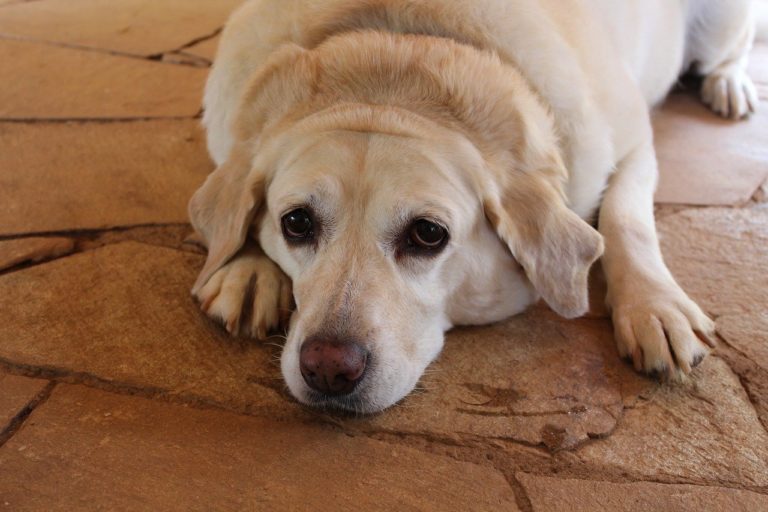
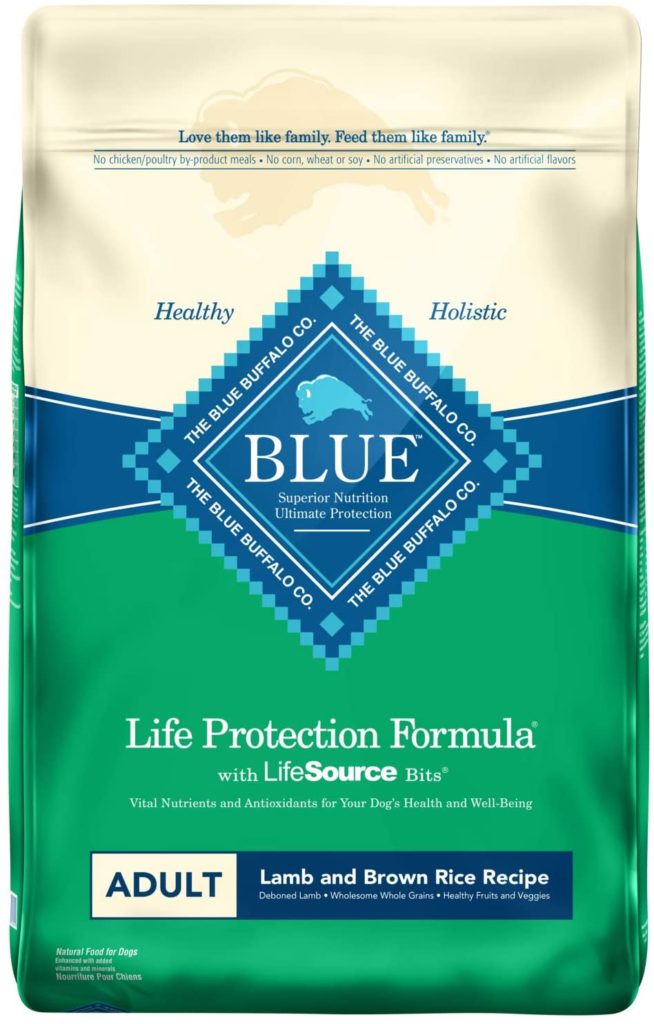
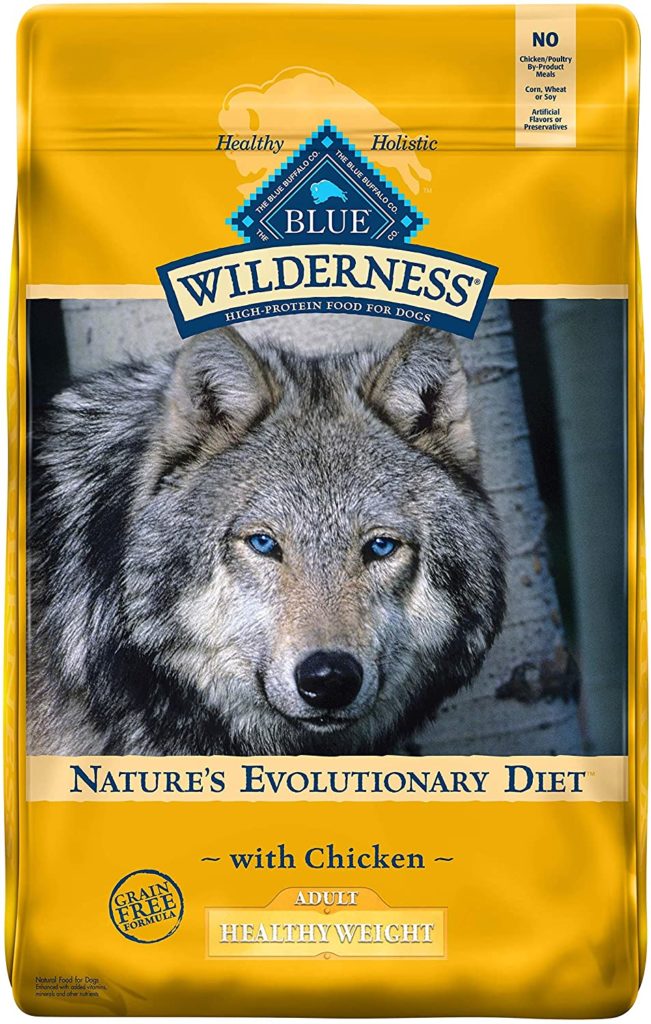
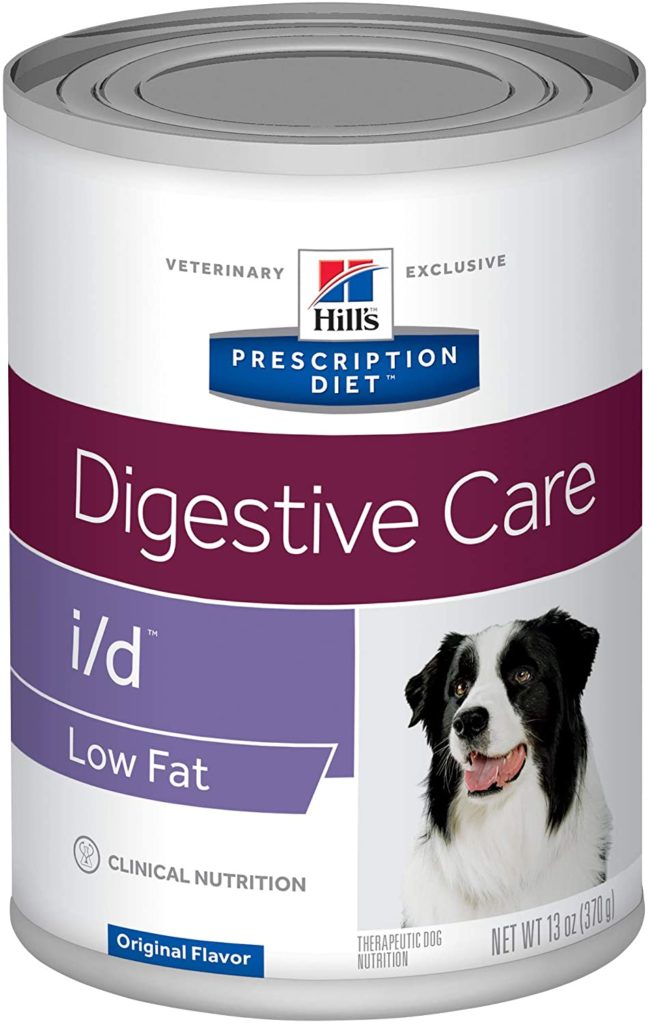
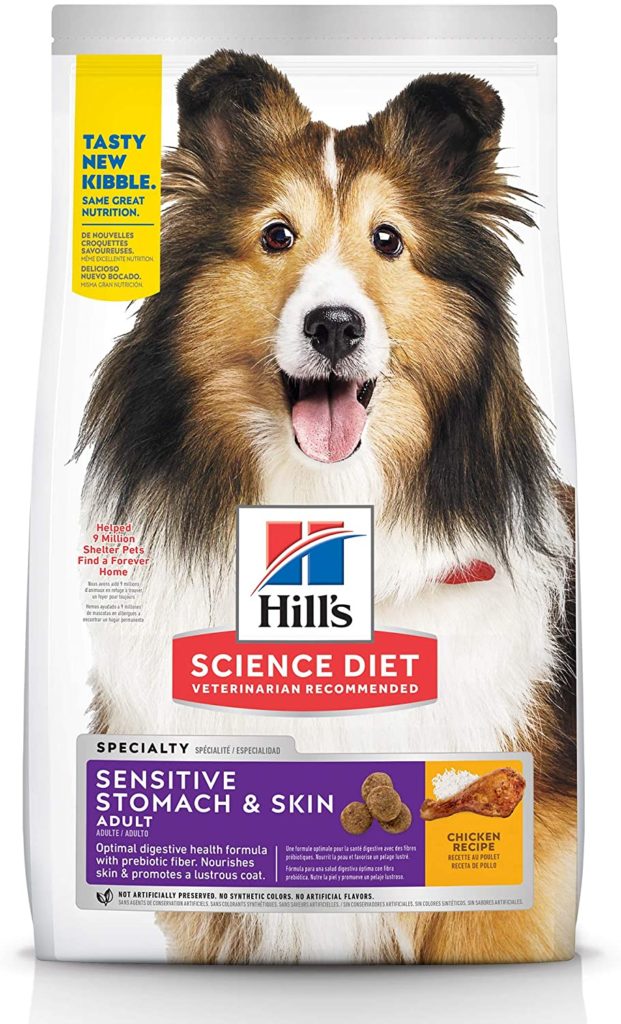
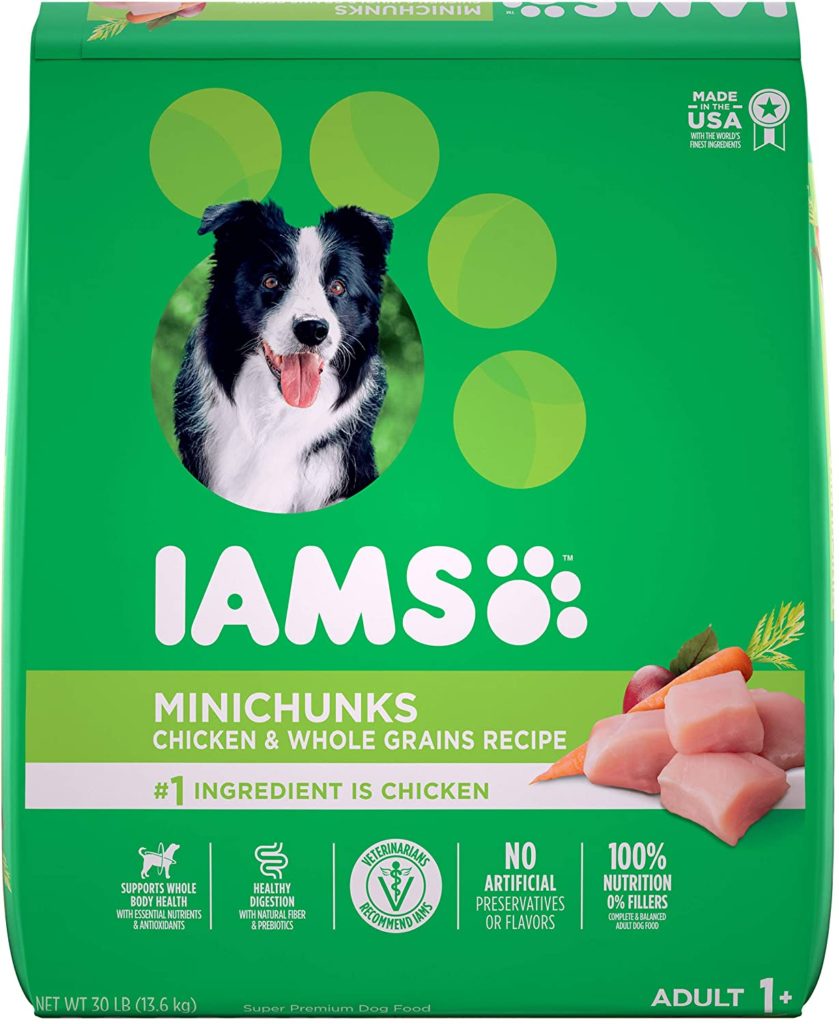
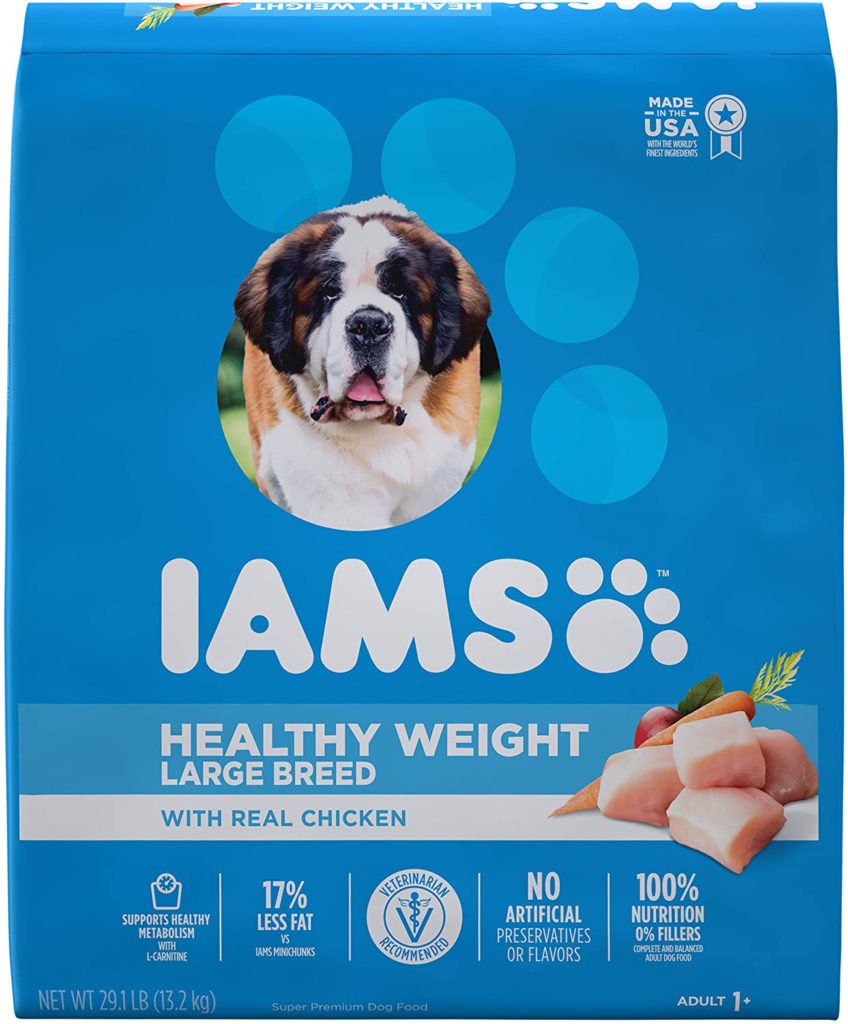
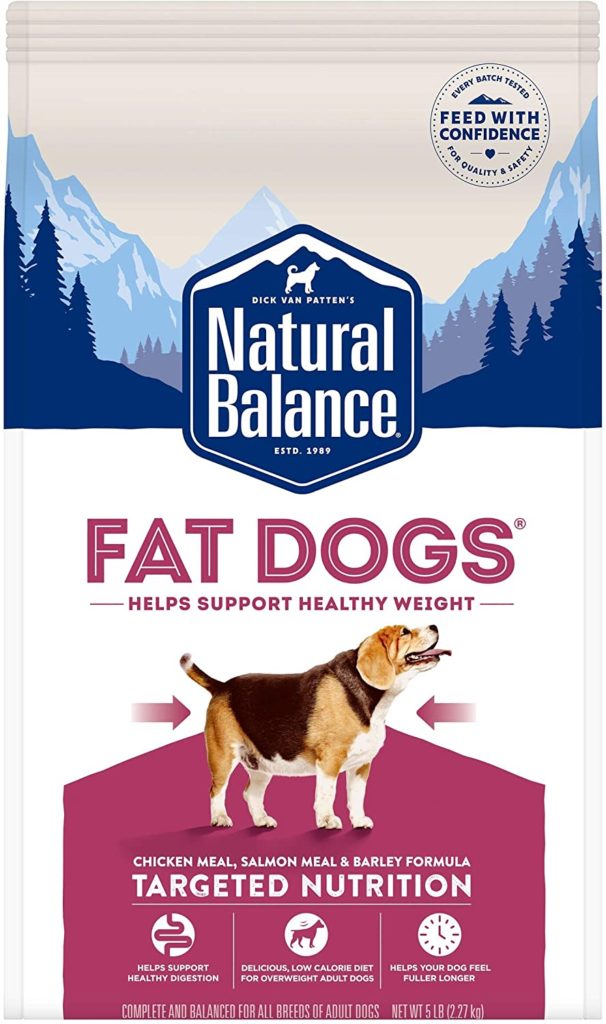
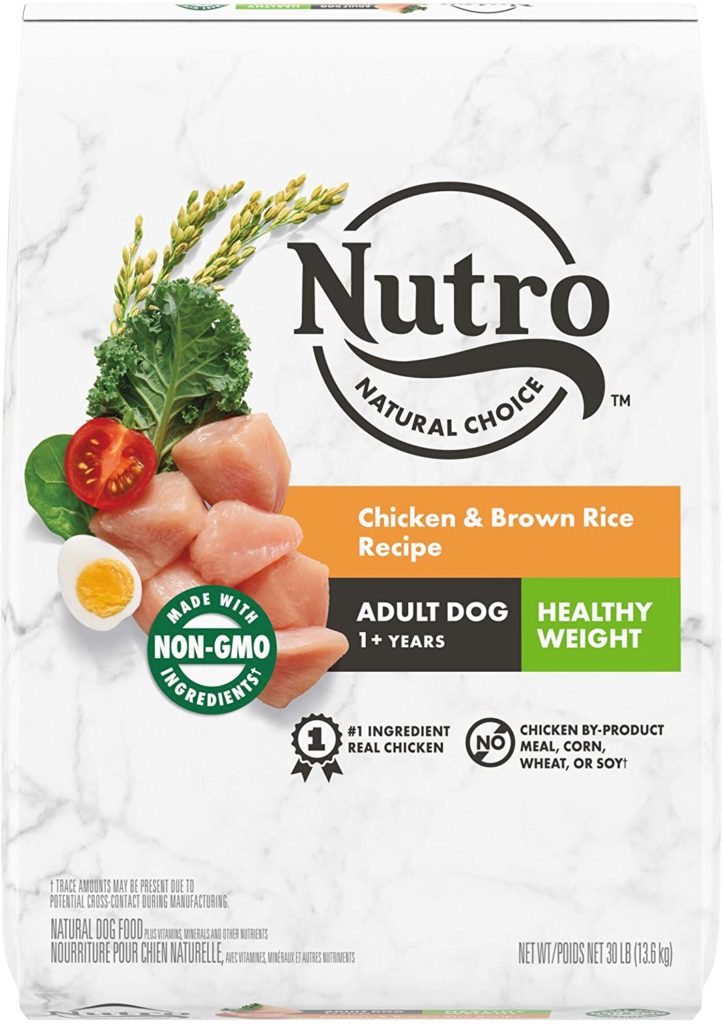
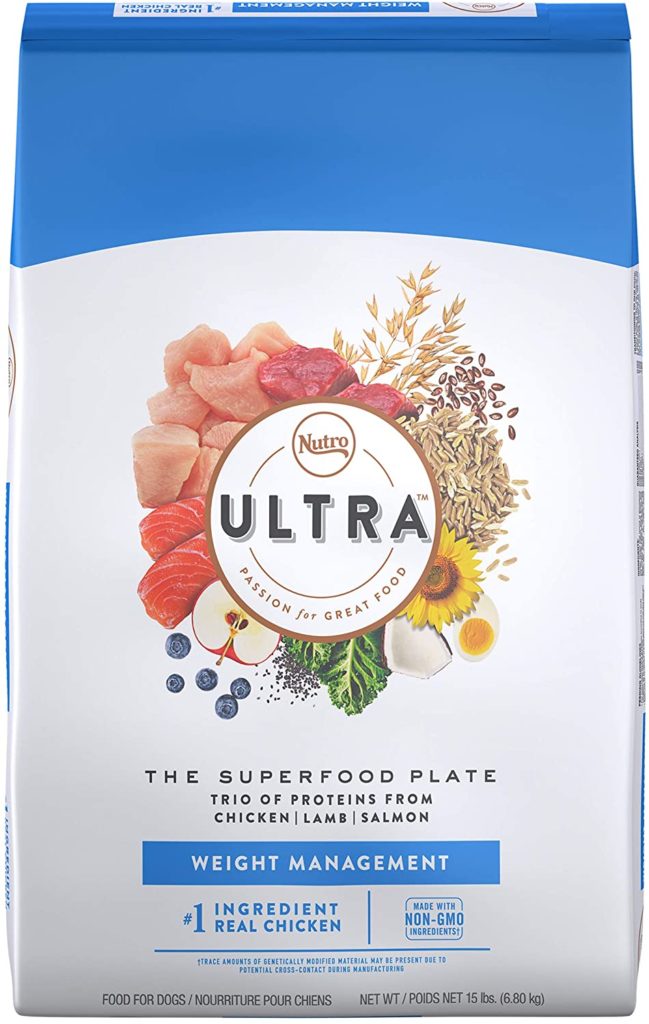
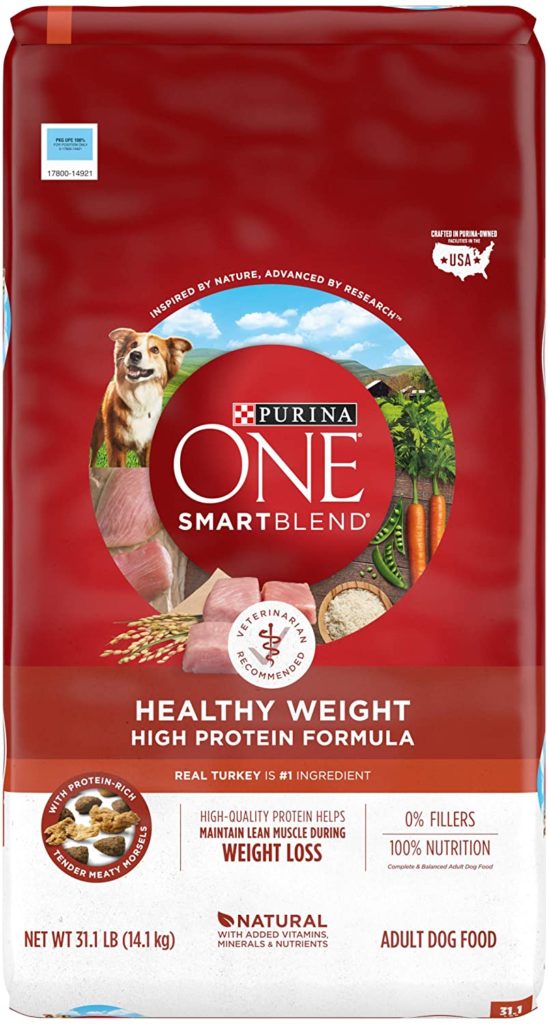
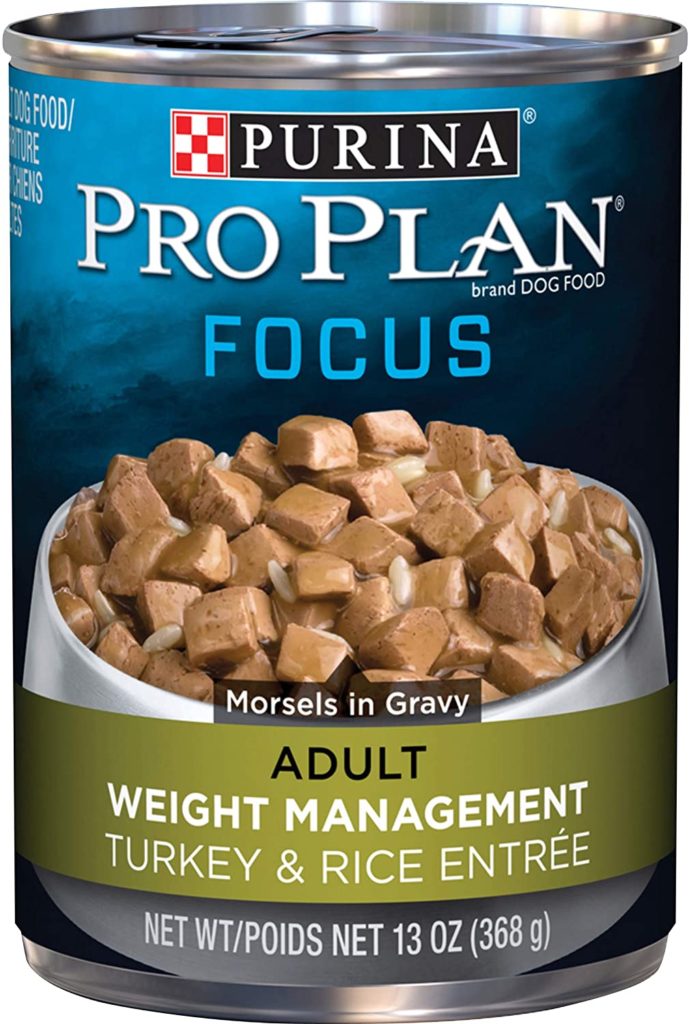



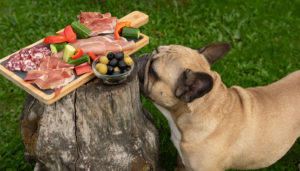
No comment yet, add your voice below!